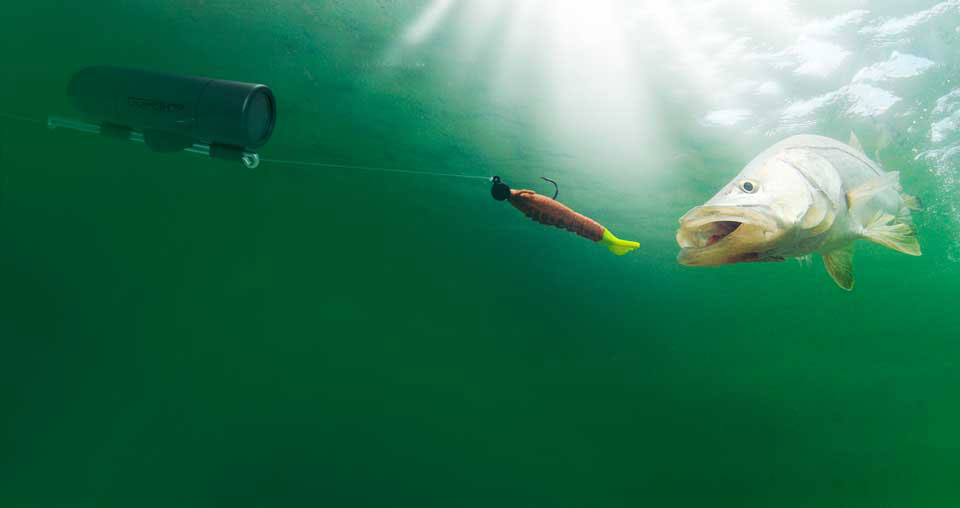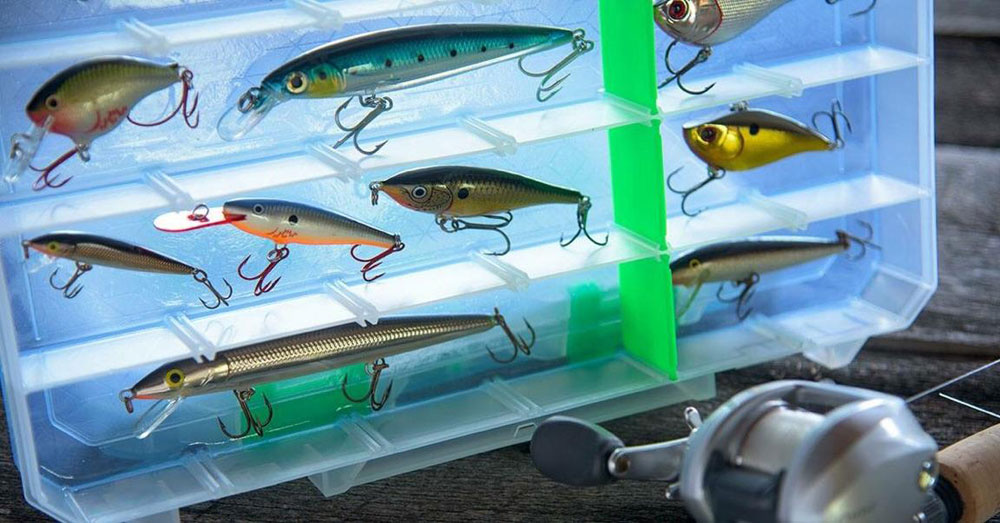
For professional anglers and fishing hobbyists alike, knowing how to fish on a budget is just as important as learning the best techniques for catching a trophy-sized fish. Fishing gear has come a long way, throughout the years, and innovations in the materials and technology used to make our rods, reels, hooks, lures, and more have created great results for fishermen.
Unfortunately, these advances are often accompanied by increased costs, making it difficult for anyone who may be fishing on a tight budget to save money. Between fishing tackles, boat maintenance costs, clothing, and other gear, fishing can be an expensive activity. However, there are some things you can do to cut down on costs. Whether you’re fishing on a budget or simply want to be more cost-effective, one way you can reduce your fishing expenses is by making your own fishing lures.
There are many different types of fishing lures available on the market today. In fact, there are probably thousands, if not millions, of different lures out there. You’ve probably noticed that each year there are more and more new types of lures coming out. The reason for this is simple—fish are getting larger and smarter.
According to research by the University of Queensland in Brisbane, Australia, fish learned to avoid hooks by observing and learning from the mistakes of other fish in their environment. Old lures are becoming less and less effective, increasing the need for newer, more expensive lures that fish haven’t seen before, in an effort to trick them into biting.
Rather than spend the money on new lures, consider reaping the benefits of homemade ones. In this article, we’ll discuss the pros and cons of making your own fishing lures and whether homemade lures are right for you.
What Is a Fishing Lure?
Before we dive into the advantages and disadvantages of making your own fishing lures, it’s important to understand what they are and the different types. A fishing lure is a type of artificial bait that is used to attract fish and to persuade them to bite. Using movement, vibrations, and color, a lure can catch a fish’s attention and entice it to attack what it believes is its prey, resulting in the fish getting caught onto the hook (or hooks) that the lure is attached to.
Lures are usually used with a fishing rod and reel and can be bought commercially or made by hand. They’re typically made out of materials such as plastic, cork, rubber, wood, or metal and sometimes have feathers or tinsel attached to them to resemble the moving parts of fish prey, as is the case in fly fishing flies.

Types of Lures
As we’ve already mentioned, there are different kinds of fishing lures used to attract bass and other fish, each with its own advantages and disadvantages, depending on the type of fish you’re trying to catch and the conditions of the water and weather. The most common types of fishing lures include:
Surface lures—This type of lure is designed to remain afloat and can be dragged along the water’s surface (just as the name suggests).
Sinking lures—This lure sinks down into the water. While not a hard-and-fast rule, you’ll catch the most fish if you target them near the bottom rather than trying to attract them to the surface.
Soft plastic lures—This type of lure is made out of a soft plastic material and comes in a variety of colors. When pulled along the water, these lures resemble a fish’s natural prey swimming, such as worms, lizards, and squid.
Floating lures—Floating lures are in a broad category that includes many different kinds of lures that give you more control over their movement, allowing you to navigate through a variety of water conditions and underwater obstacles, as well as reach the locations where fish normally hide.
Pros of Making Your Own Fishing Lures
 When it comes to fishing lures, it helps to have something the fish haven’t already seen over and over again. Many fishermen turn to expensive lures that utilize the latest technology or they have custom lures created that can be pricey. But, if you’re like most people, you simply don’t have the money for such a costly investment. Fortunately, with just a few supplies and a little bit of craftsmanship, you can create your own innovative fishing lures without breaking the bank.
When it comes to fishing lures, it helps to have something the fish haven’t already seen over and over again. Many fishermen turn to expensive lures that utilize the latest technology or they have custom lures created that can be pricey. But, if you’re like most people, you simply don’t have the money for such a costly investment. Fortunately, with just a few supplies and a little bit of craftsmanship, you can create your own innovative fishing lures without breaking the bank.
By making your own fishing lures at home, not only will you have the satisfaction of knowing that you made something with your own hands, but you can design them exactly how you want and for the type of fishing you want to do. Making handmade lures is cost-effective and simple, and your tackle box can be easily refilled by creating more. Best of all, it’s a fun hobby that you can share with others.
Cons of DIY Fishing Lures
Much like everything else, there are some disadvantages to making your own fishing lures. For example, like any new hobby or activity, there is a learning curve. Most people don’t go out on their first fishing trip and immediately know what they’re doing—they learned over time; the same goes with making homemade fishing lures.
Another disadvantage of making your own fishing lures at home is the upfront investment. In most cases, the supplies you’ll need to make your own fishing lures are relatively inexpensive. In fact, you may already have most of what you’ll need lying around your house somewhere.
But, for more complex fishing lures, you’ll likely need to purchase special parts. If you’re not especially skilled at DIY projects, there are lure-making kits you can buy that include all the parts you’ll need. Despite the initial cost of making your own fishing lures, you’ll never have to buy new fishing lures again!
As you can see, the pros of making your own fishing lures at home far outweigh the cons. When you want to increase your chances of catching the trophy fish of your dreams but don’t want to spend a ton of money on expensive, high-tech fishing lures, consider making your own—we promise you won’t regret it!






























